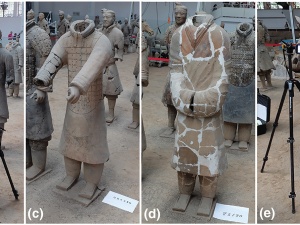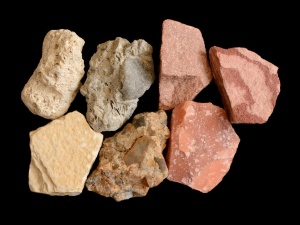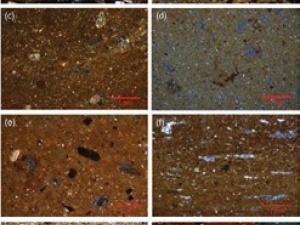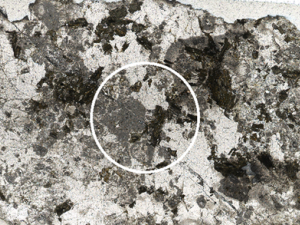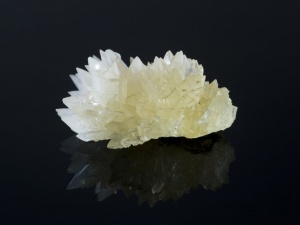Mid- to Late Holocene landscape dynamics and rural settlement in the uplands of northern Bavaria, Germany
Abstract
We present results from a systematic interdisciplinary study on (pre-)historic rural settlement and landscape development in an upland region of northern Bavaria, Germany. The archaeological and geoarchaeological investigations—supported by radiocarbon dating, optically stimulated luminescence dating, and palaeoecological analysis—were performed to (i) identify so far unknown prehistoric rural settlement sites, (ii) determine site-specific soil erosion from colluvial deposits, and (iii) assess the composition of woodland from on- and offsite charcoal finds. The earliest indicators of human activities from the Younger Neolithic (late 5th to early 4th millennium B.C.E.) come from colluvial deposits. Our investigations, for the first time, show Middle to Late Bronze Age (ca. 1400–800 B.C.E.), permanent rural settlement in a German central upland region, with a peak in the Late Bronze Age. Due to the varying thicknesses of Bronze Age colluvial deposits, we assume land use practices to have triggered soil erosion. From the spectrum of wood species, Maloideae, ash, and birch are regarded as successional indicators after fire clearance in that period. Settlement continued until the 5th century B.C.E. After a hiatus of 500 years, it re-flourished in the Late Roman and Migration periods (mid-3rd–5th century C.E.) and went on in the Medieval period.

